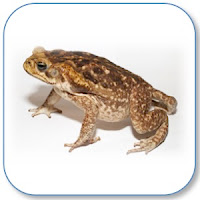As a big fan of chocolate, it was great to have the opportunity to help out with a cacao genome. This study presents the first diploid, fully scaffolded, and parentally phased genome resource for Theobroma cacao L. to provide insights into the genetic architecture underlying resistance and susceptibility to vascular streak dieback (VSD), a significant threat to cacao production in Southeast Asia and Melanesia. By analyzing NLR gene clusters and other disease response gene candidates in proximity to informative QTLs, the research identifies structural variants within NLRs inherited from resistant and susceptible parents, offering potential breeding targets for VSD resistance.
Tobias PA, Downs J, Epaina P, Singh G, Park RF, Edwards RJ, Brugman E, Zulkifli A, Muhammad J, Purwantara A & Guest DI (2024): Parental assigned chromosomes for cultivated cacao provides insights into genetic architecture underlying resistance to vascular streak dieback. The Plant Genome doi: 10.1002/tpg2.20524. [Plant Genome] [bioRxiv] [PubMed]
Abstract
Diseases of Theobroma cacao L. (Malvaceae) disrupt cocoa bean supply and economically impact growers. Vascular streak dieback (VSD), caused by Ceratobasidium theobromae, is a new encounter disease of cacao currently contained to southeast Asia and Melanesia. Resistance to VSD has been tested with large progeny trials in Sulawesi, Indonesia, and in Papua New Guinea with the identification of informative quantitative trait loci (QTLs). Using a VSD susceptible progeny tree (clone 26), derived from a resistant and susceptible parental cross, we assembled the genome to chromosome-level and discriminated alleles inherited from either resistant or susceptible parents. The parentally phased genomes were annotated for all predicted genes and then specifically for resistance genes of the nucleotide-binding site leucine-rich repeat class (NLR). On investigation, we determined the presence of NLR clusters and other potential disease response gene candidates in proximity to informative QTLs. We identified structural variants within NLRs inherited from parentals. We present the first diploid, fully scaffolded, and parentally phased genome resource for T. cacao L. and provide insights into the genetics underlying resistance and susceptibility to VSD.










